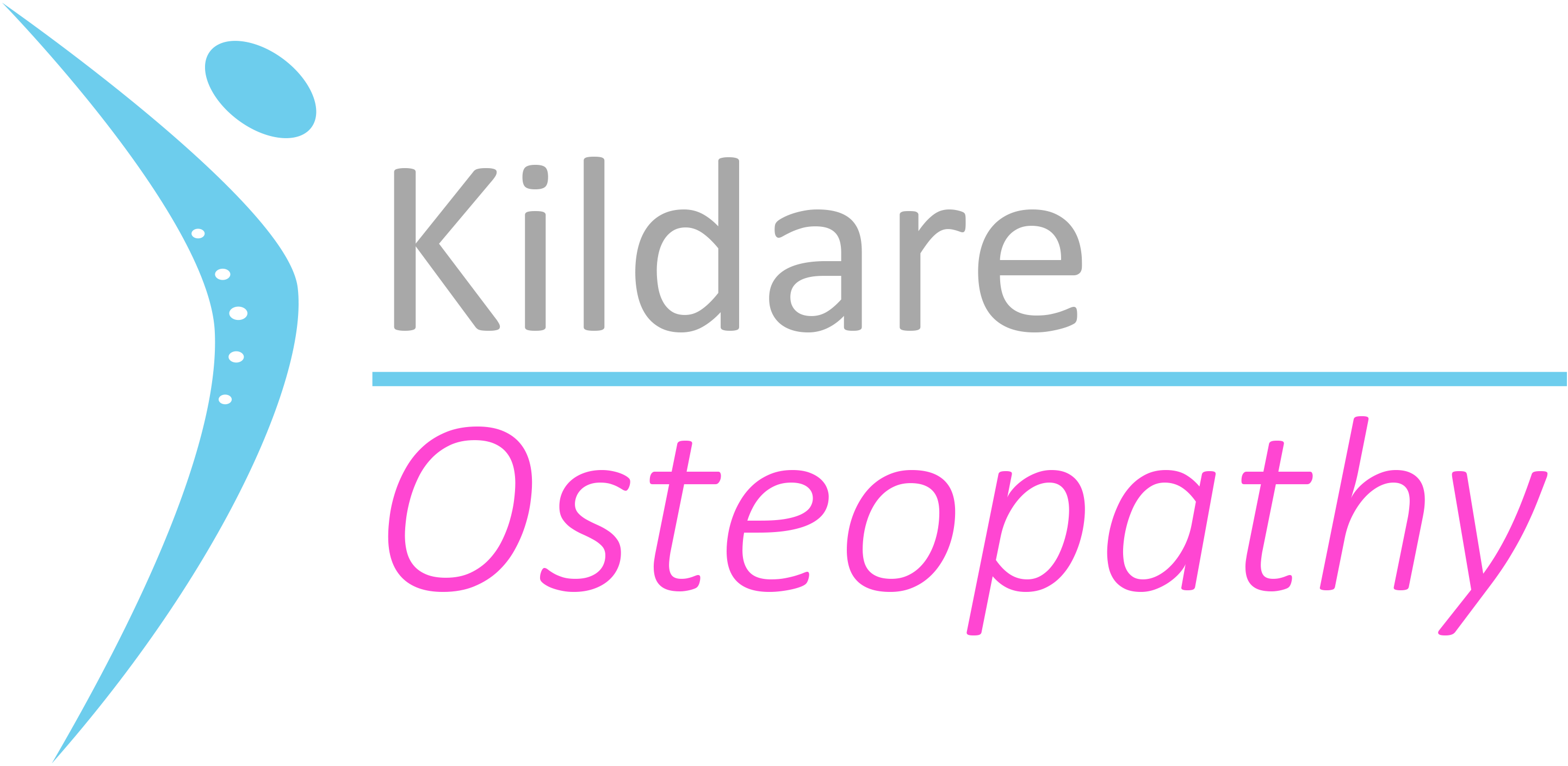Torticollis, Sternocleidomastoid tumour, Plagiocephaly
Torticollis (wry neck), sternocleidomastoid (SCM) tumour and Plagiocephaly.
The neck (cervical spine) is very mobile; it side bends, rotates, flexes, extends, lateral shift, and can accommodate for compressive forces.
Plagiocephaly, is described as flattening of the back of the head (occipital region) on one side, and sometimes rounded on the opposite side at the front of the head. It has no pathological significance. It is thought to improve with age and if seen in older infants is suggestive of torticollis. The prevelance increases to 4 months but diminishes as infants grow older. The majority of cases will be resolved by two years.
It has been shown that nonsynostic plagiocephaly is more likely to occur in boys, first born, premature infants, and those who sleep in the supine position. Plagiocephaly occurs in 25% of infants of single birth and in 50% of multiple pregnancies. It often becomes apparent a few weeks after birth. Lying in the same position for long periods may exacerbate the moulding of the head. If the moulding is not severe then it is possible that the normal growth process of the skull will resolve the moulding over the first year, especially when baby becomes more mobile and spends less time lying on babys back. Babies skulls are soft and this means that the skull in malleable and moulding may be benefitted by treatment.
Osteopathy assessment and treatment of the baby will address the skull shape, neck range of movement and muscle tone. Treatment may be necessary over a period of time to adapt to the babys growth spurts.
